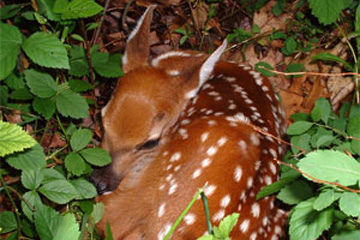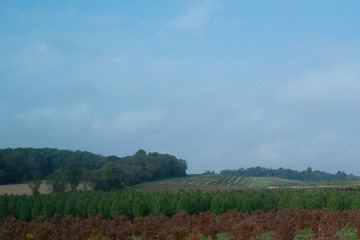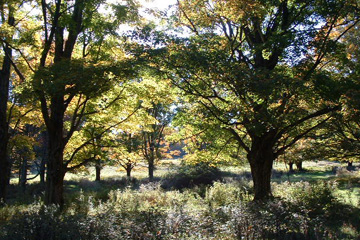Once the bulldozer does its work, other use options are foreclosed.
There is quiet satisfaction to having our 77-acre farm protected in perpetuity for its environmental value. The decision three years ago to obtain this easement did not come easily.
Both my wife and I are city types who came to the farm three decades ago. We purchased steers, pigs, chickens, ducks, and geese for the pond, a horse, and more. We cleared many hurdles, thanks to helpful farmer-neighbors.
Now we are old. The inevitable questions have come: Who will fend off the bulldozers and developers? Who will keep dirt bikes and snowmobiles away from woodland habitat and ground-nesting birds? Who will arrange to have the fields tilled?
We looked at the immediate tax advantages of doing a conservation easement versus the reduced market value of conserved land when it comes time to sell. We decided to take advantage of the reduction in federal income taxes that comes from donating the easement, and the U.S. Department of Agriculture’s Conservation Reserve Enhancement Program where rental is paid for set-aside acres. We also took advantage of Pennsylvania’s Clean and Green Program to reduce property taxes.
The Central Pennsylvania Conservancy, which holds our agricultural easement, let us write our covenants to be as attractive as possible to future buyers, while providing for maximum wildlife habitat. We allowed for a large building envelope for expansion of the house, garage, barn and horse stall, and permitted the farmed part to be merged into the remainder as wildlife refuge.
Once we signed that easement, we lost permanently the right to do anything with this land not covered by the covenants. But if we had developed it, we likewise would have lost the ability to change its use.
Once the bulldozer does its work, other use options are foreclosed. Thoughts like these intellectualize a problem that is more one of the spirit, which is where, putting all things in the balance, we made our decision.
The entire community benefits from preserved land. The ground soaks up rainfall to recharge underground water supplies. As a nursery for wildlife that respects no boundaries, preserved land is a value to bird watchers and hunters far and wide.
Altruism is noble, but selfishness is stronger. We did this for ourselves. We think about our decision when we walk along the edge of our woods and fields, each in their own way vibrant and constantly changing color with the seasons. In the woods grow white pine, spruce, hemlock, holly, oak, ash, hickory, walnut, fern, wildflowers. We listen at night to three kinds of owls and by day to at least three kinds of woodpeckers hammering away in the ravine. We hear countless frogs in the pond, from peepers to bullfrogs. We hear fox barking by night and watch them racing across the fields by day. In the winter there are turkey tracks in the snow and in summer hawks riding overhead on thermals.
Therein lies our satisfaction. When we are gone, they will remain.




